Originally, points and signals along railway lines were operated locally from individual levers or handles, moved into position for each train that passed. Control was concentrated into trackside wooden huts known as signal boxes.
British Railways inherited about 10,000 signal boxes when it was formed in 1948. In 2019, there were 166 listed signal boxes on our network, including 86 still in use.
Neale Elder took these photographs in Scotland of railway signal boxes he knew, come across and, in some cases, worked.
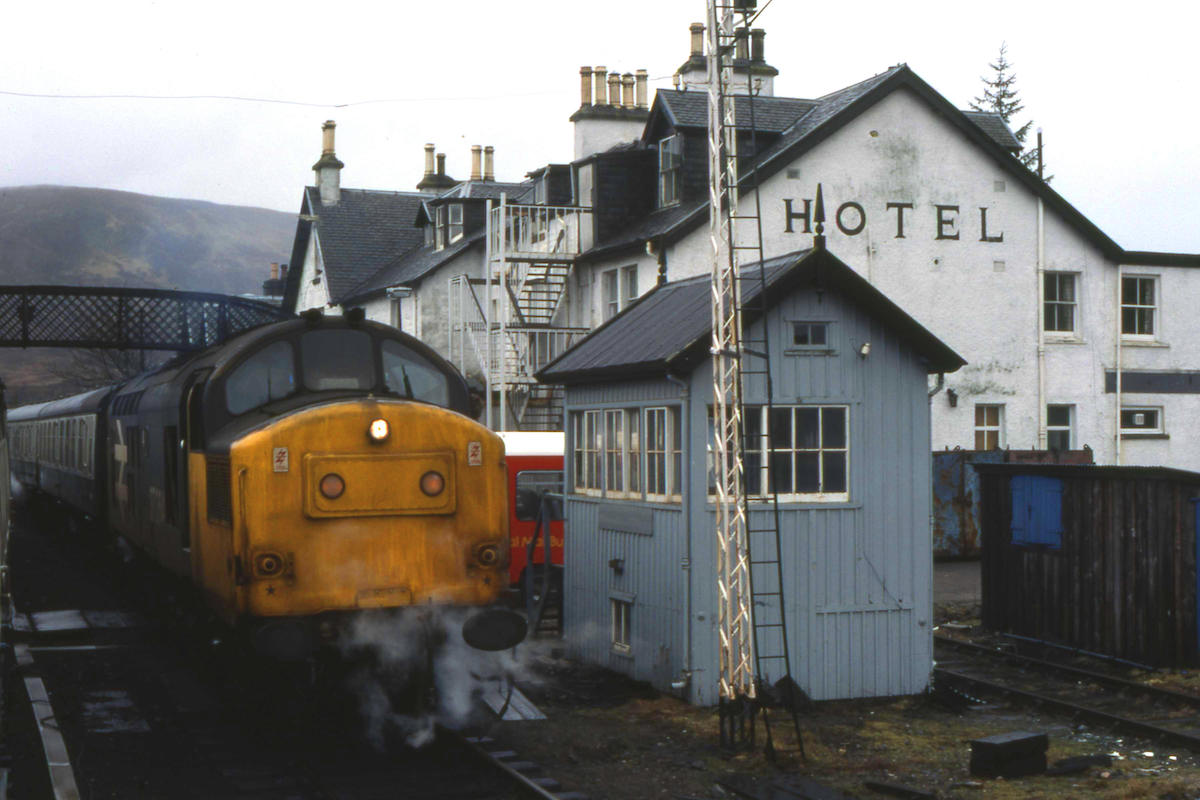
Crossing at Achnasheen, 1985
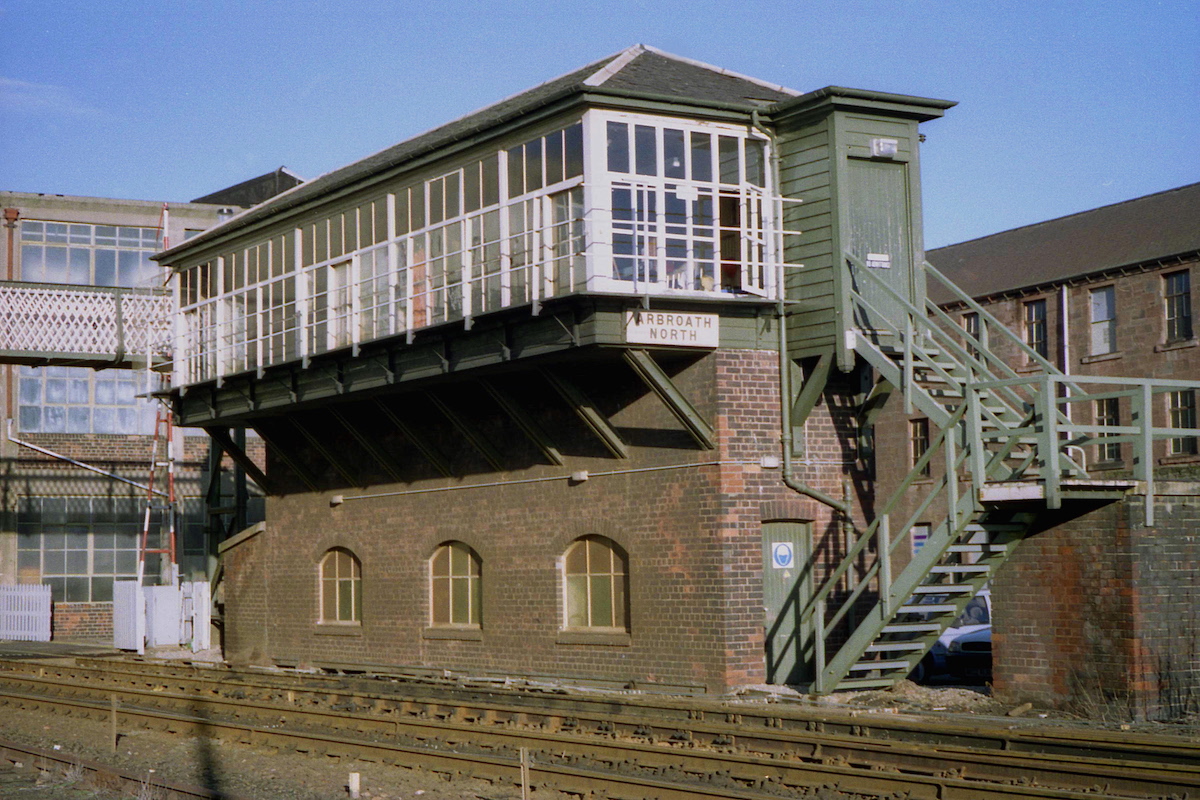
Arbroath Signal Box, 1995
The first signal box was in 1843 the London & Croydon Railway in 1843 to control the junction to Bricklayers Arms in London.
Electric power meant that physical presence was no longer needed and the individual control points could be consolidated to increase system efficiency. All-electric systems led to computerised video displays and a point-and-click or touchscreen interface. Today, the use of Automatic Route Setting negates the need for any human input at all as common train movements could be fully automated according to a schedule or other scripted logic.
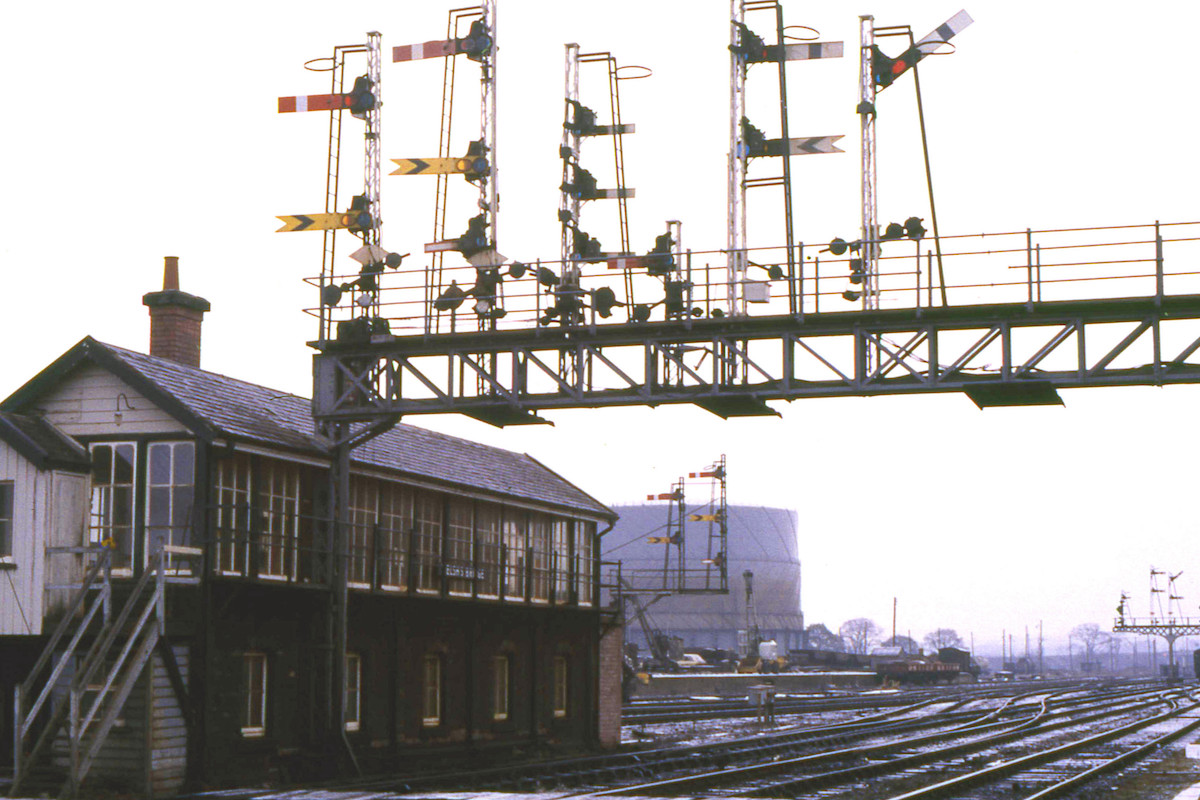
Welshs Bridge Signal Box – 1985
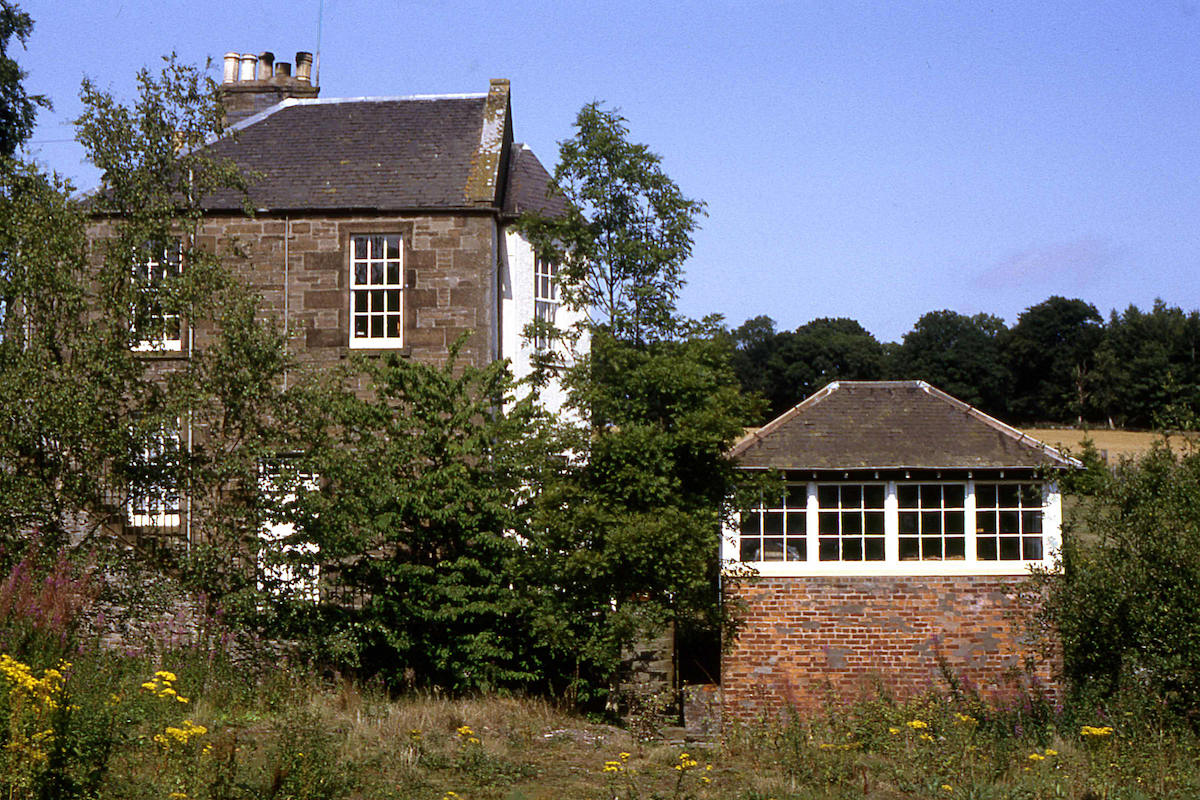
Auldbar Road, 1994

Auchterarder Signal Box -1993

Blackford Signal Box -1993
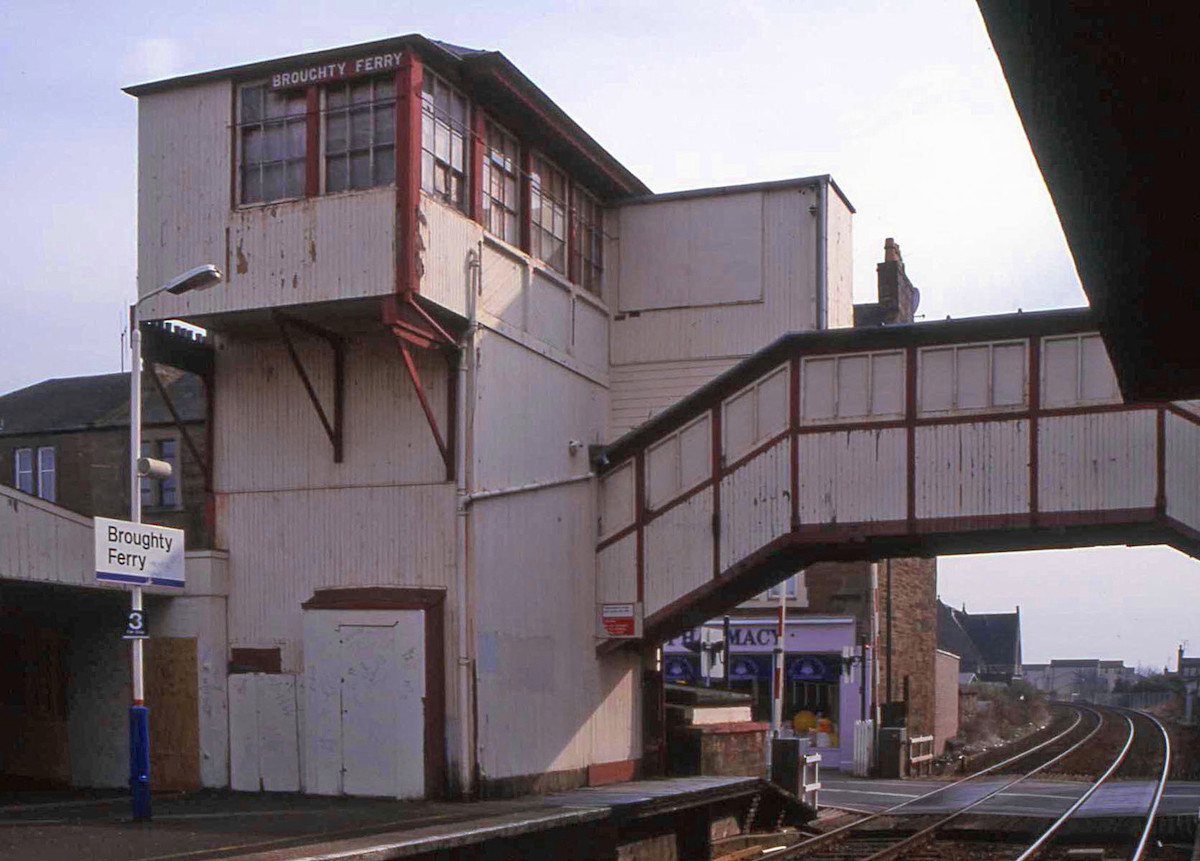
Broughty Ferry signal-box, 2000

Dalnaspidal Signal Box
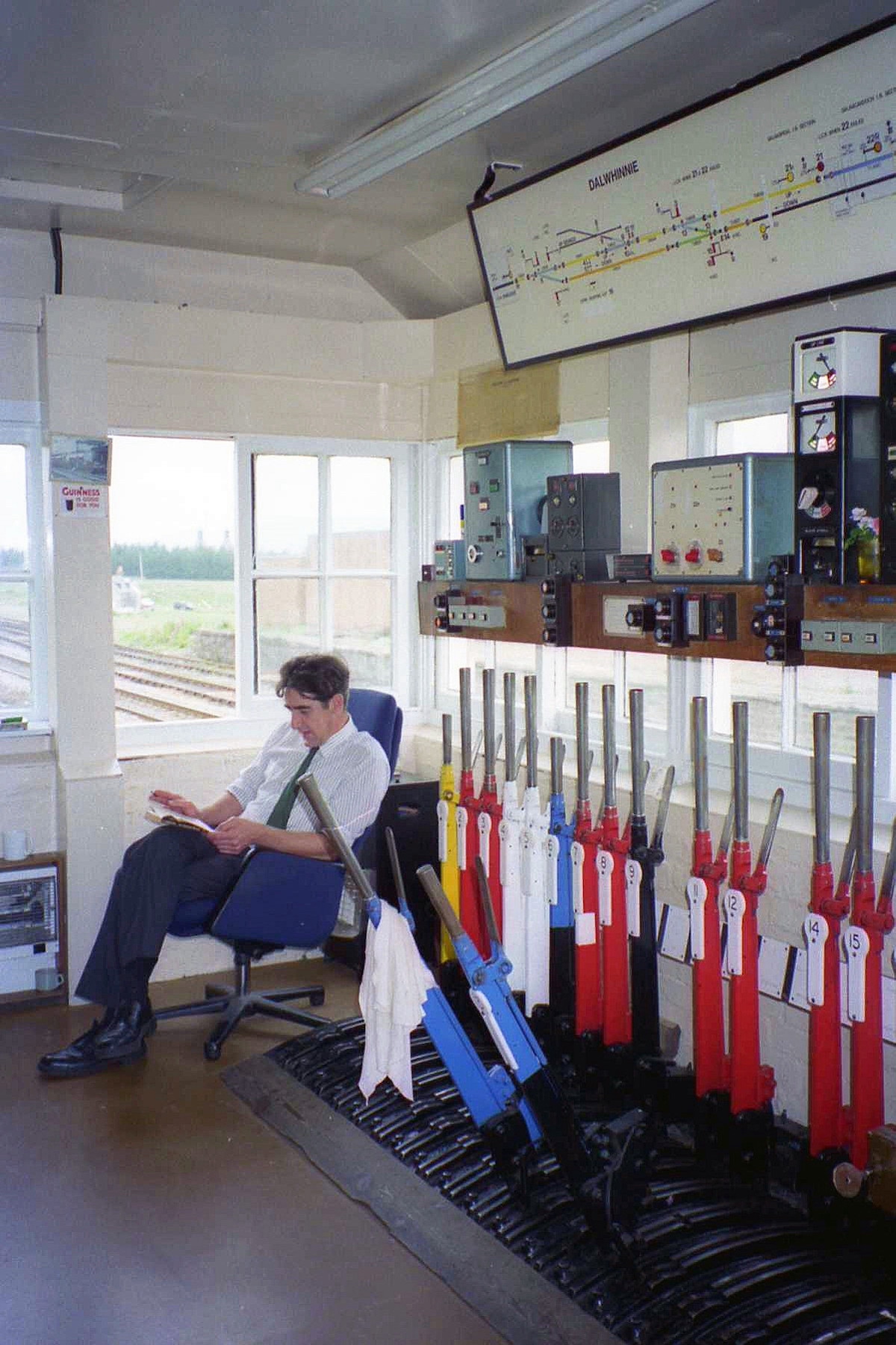
Dalwhinnie Signal Box -1994
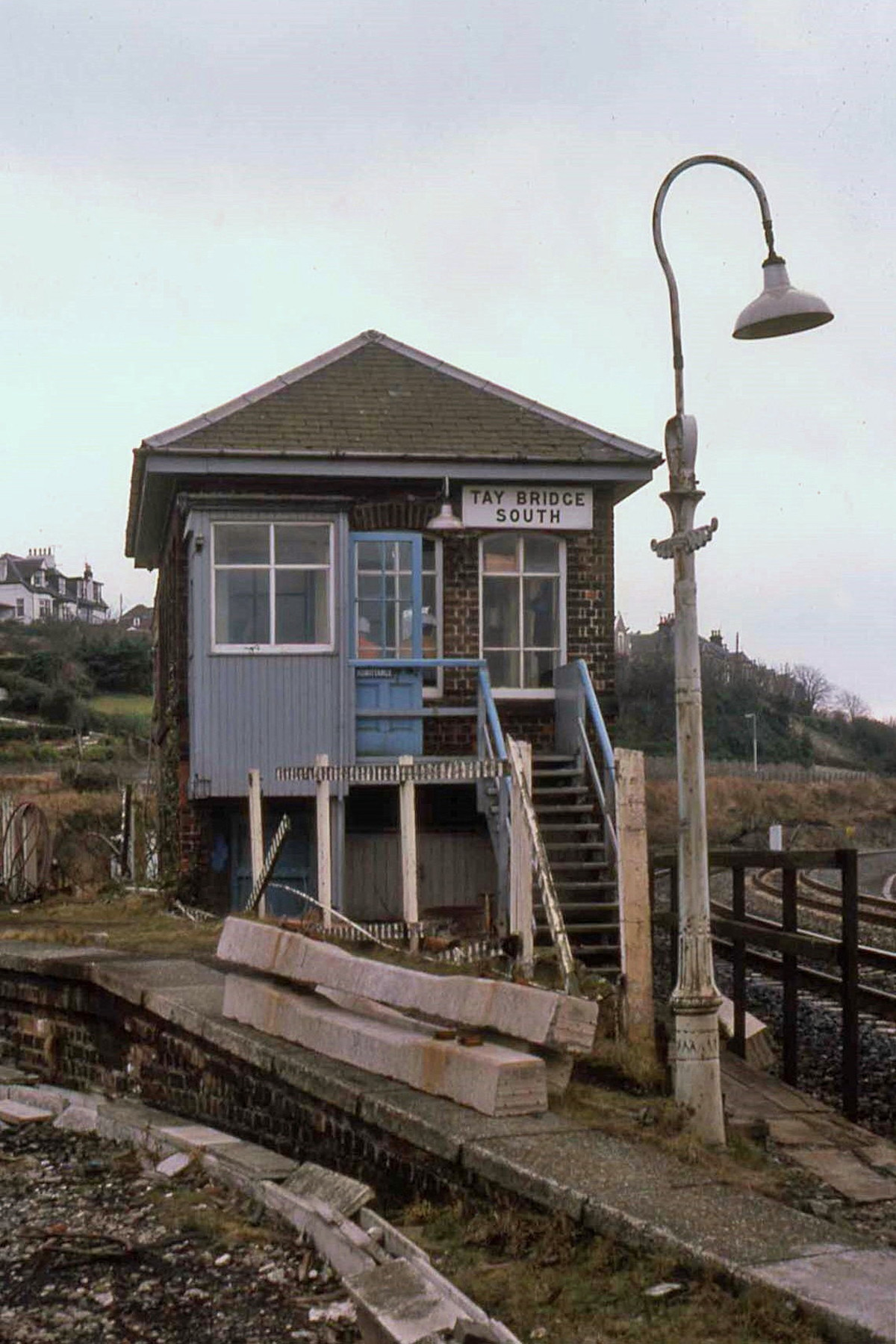
Tay Bridge South signal box, 1986

Montrose North signal box – 1995
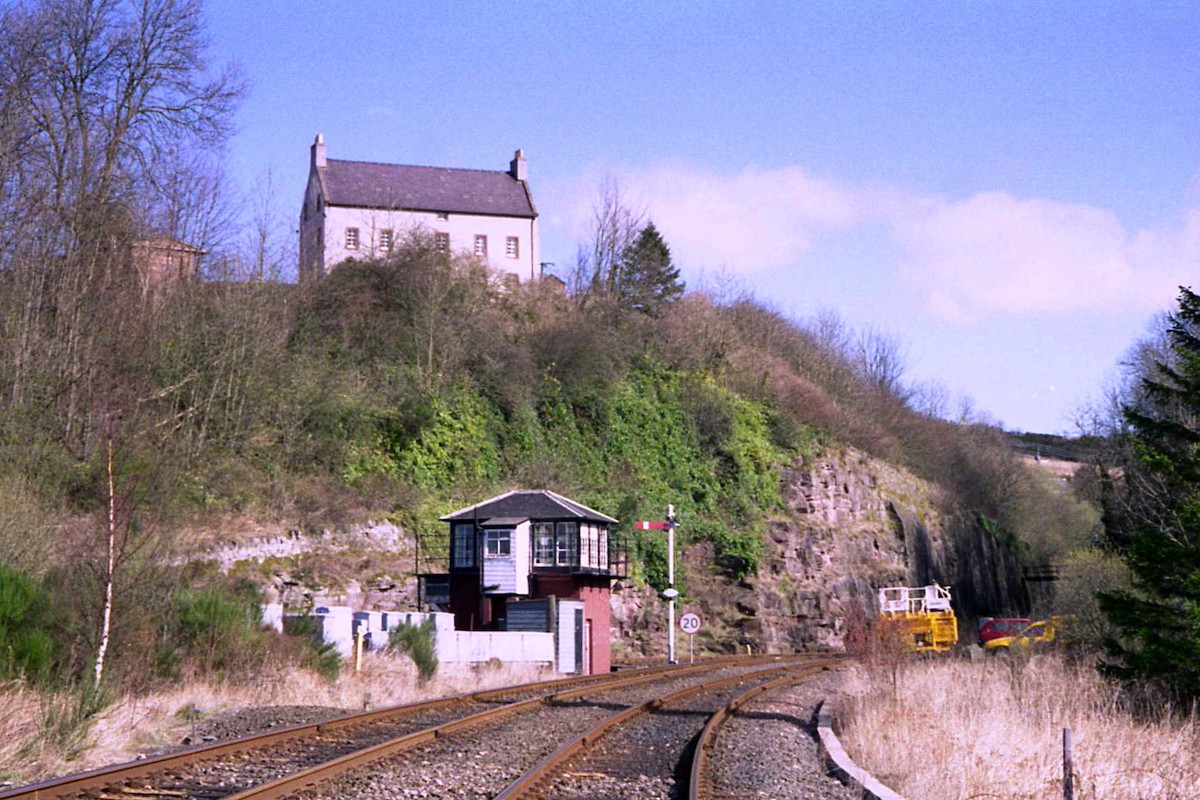
Hilton Junction – 1994
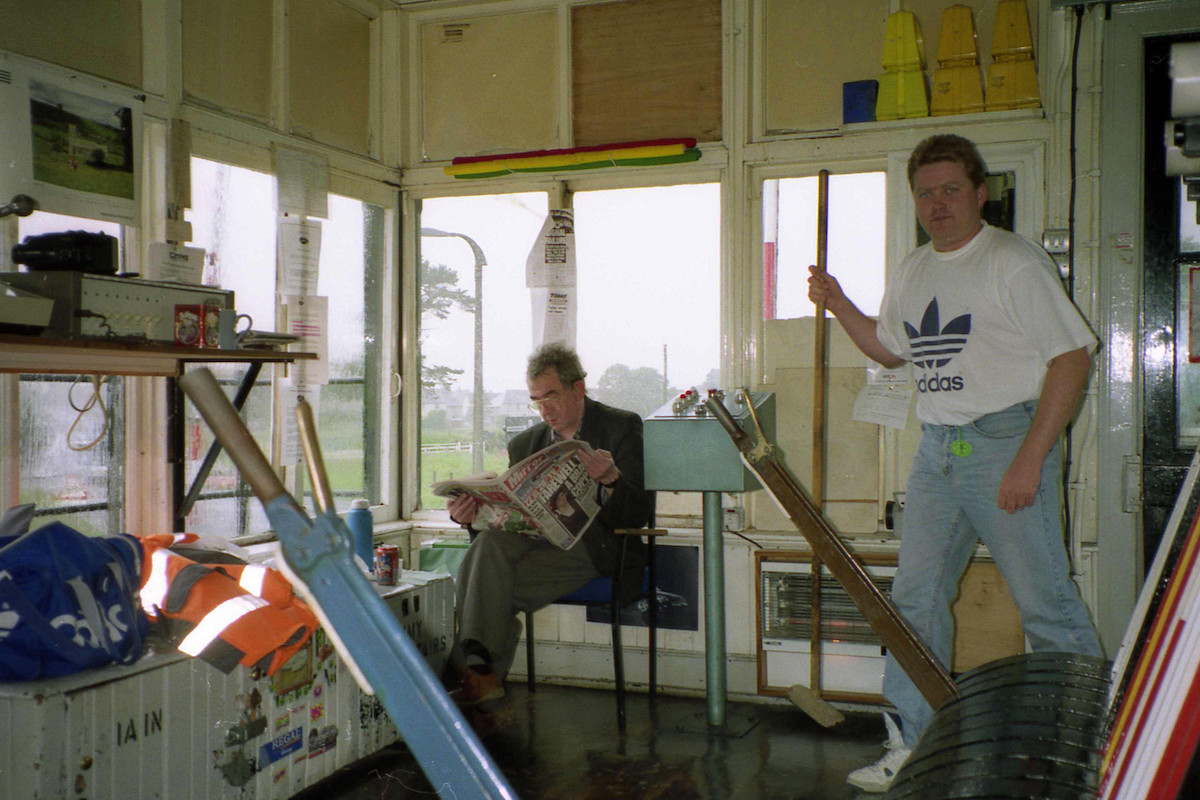
Blackford, 1994
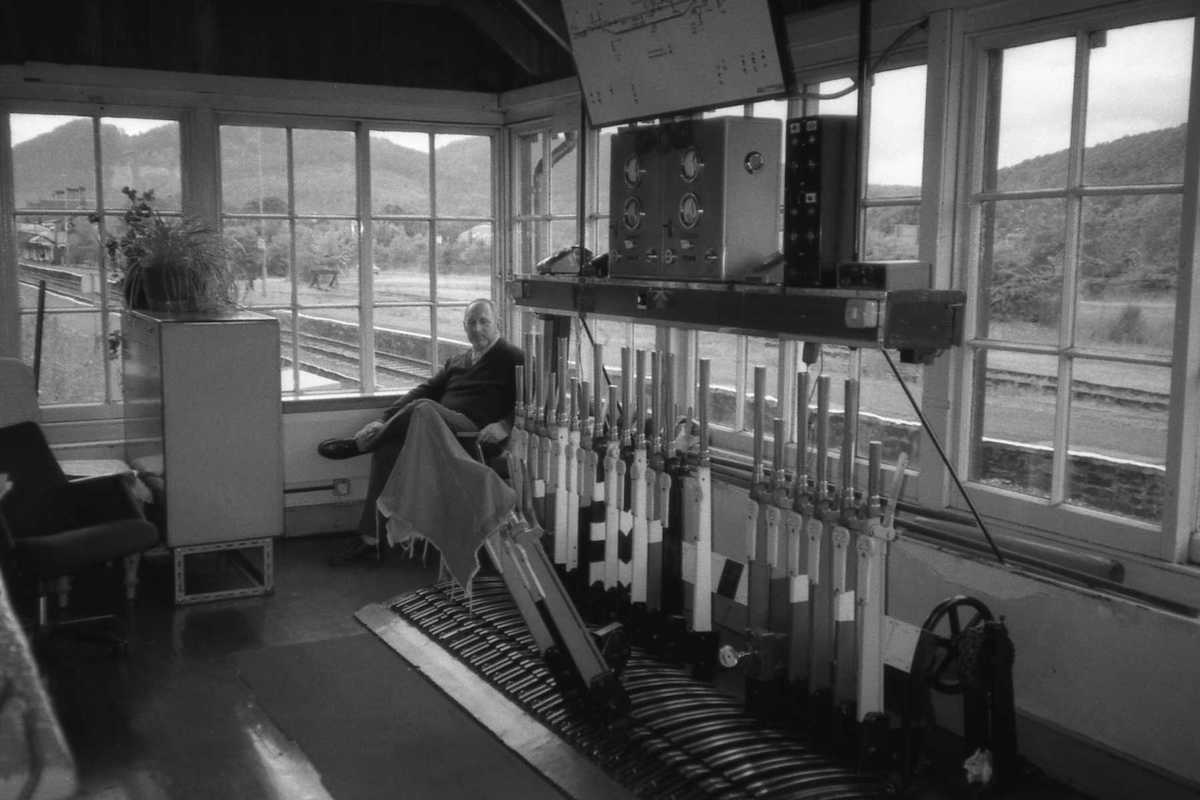
Dunkeld signal box – 1993
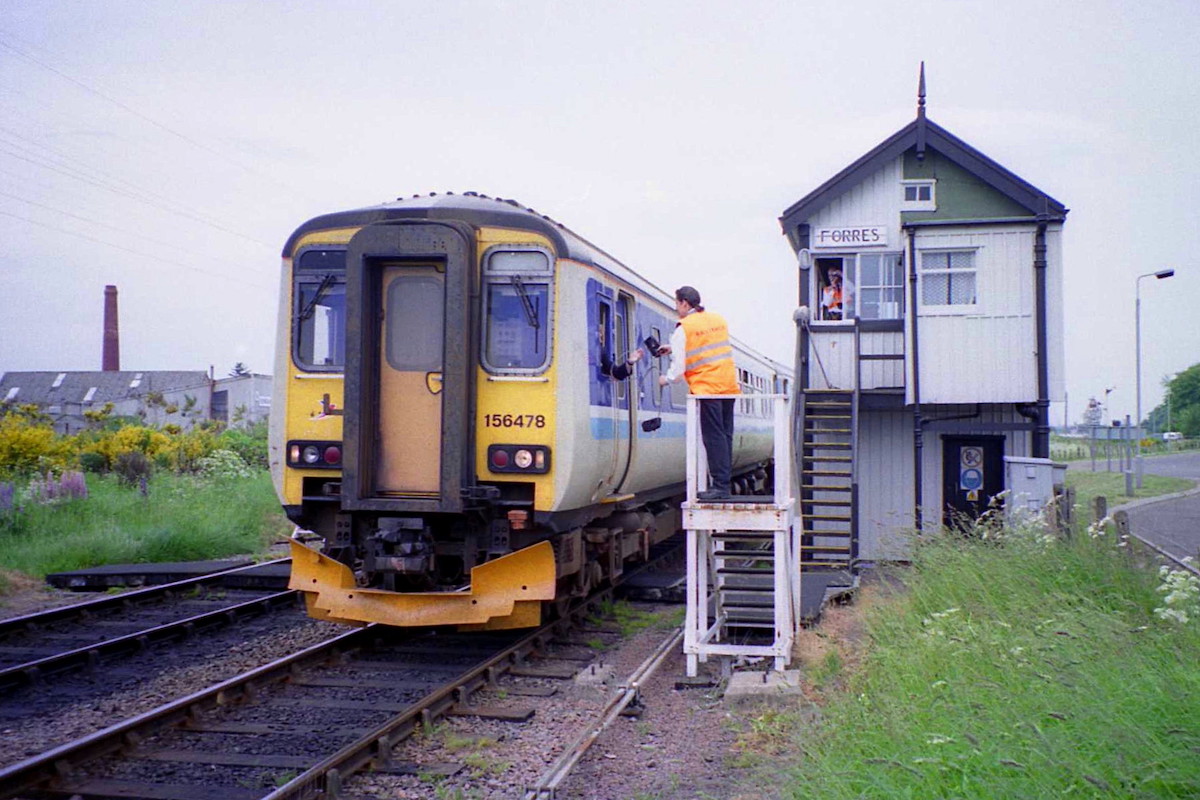
Token Exchange at Forres, 1997
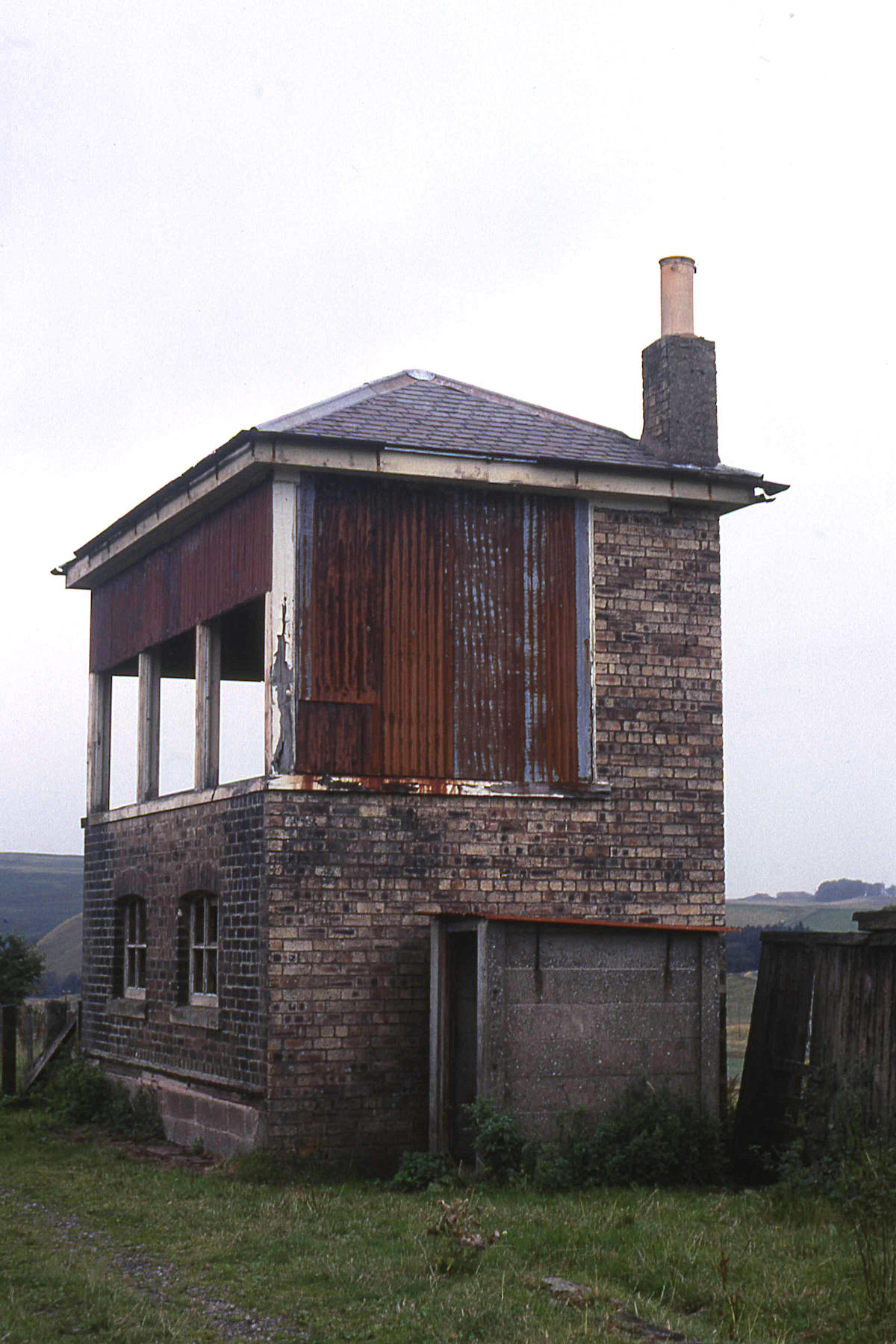
Shankend Signal box, 1990

Semaphore Signals and signal box at Dundee Tay Bridge West, 1983
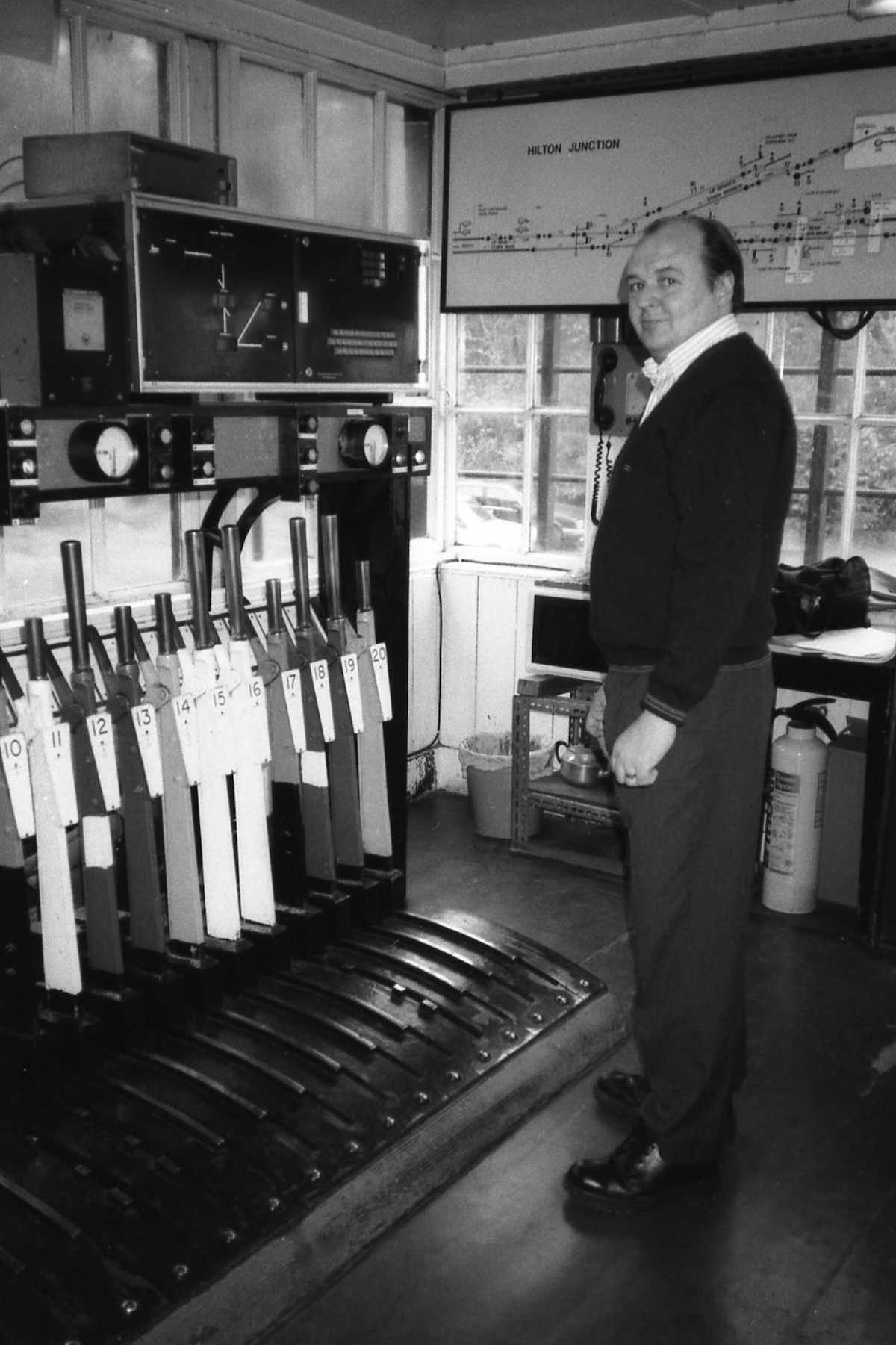
Hilton Junction signal box, 1993
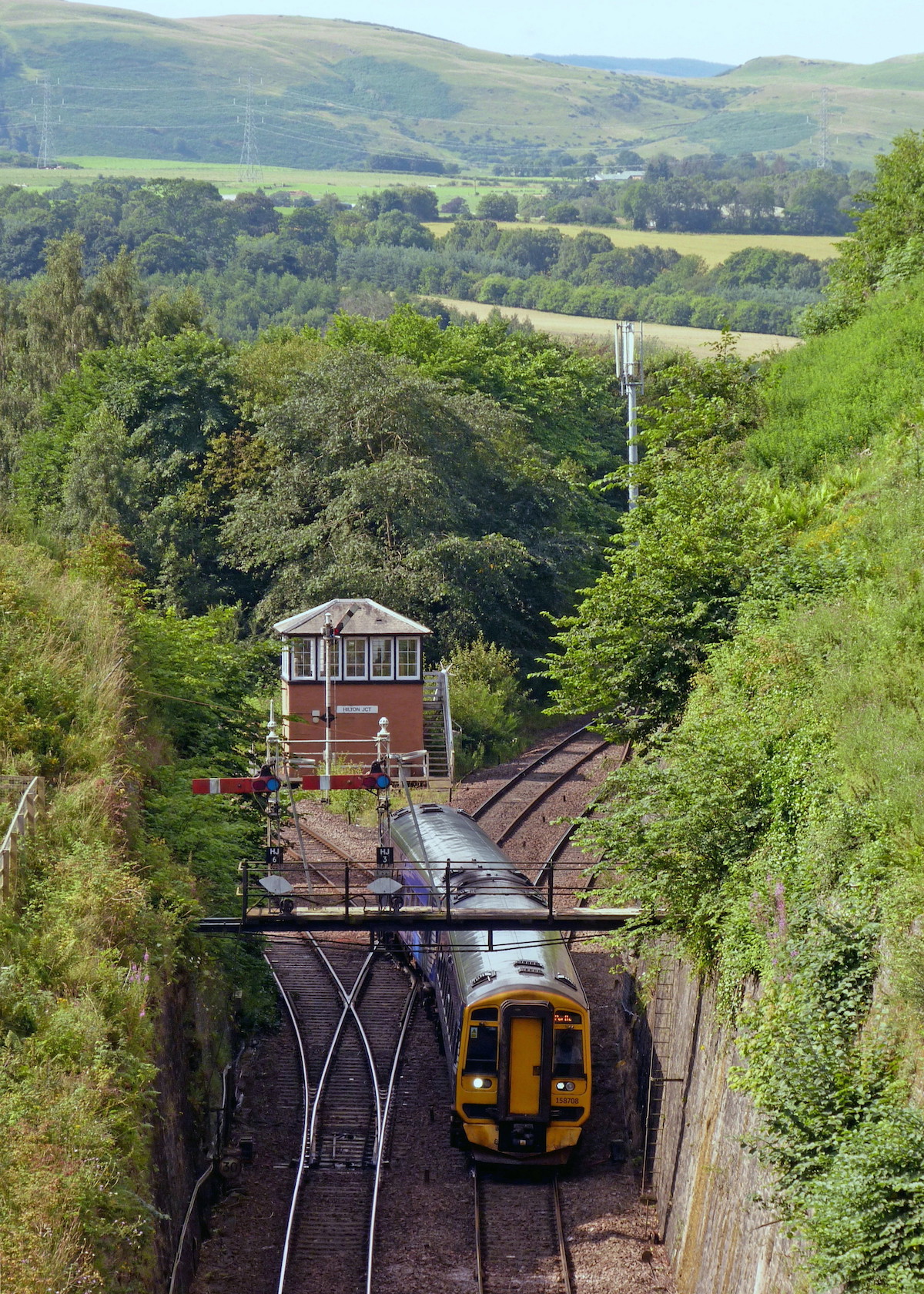
Hilton Junction

Errol Signal Box, 1993

Errol Signal Box seen form cab, 1999
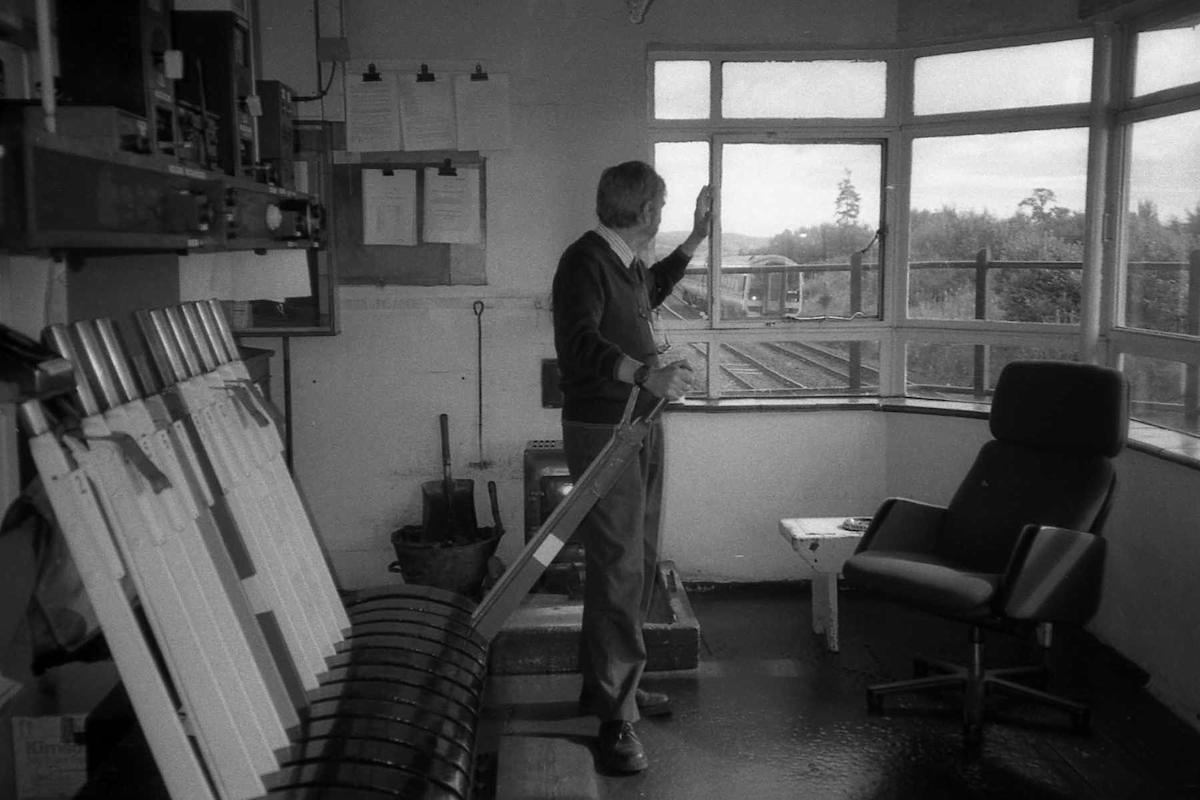
Dunning Signal Box, 1993
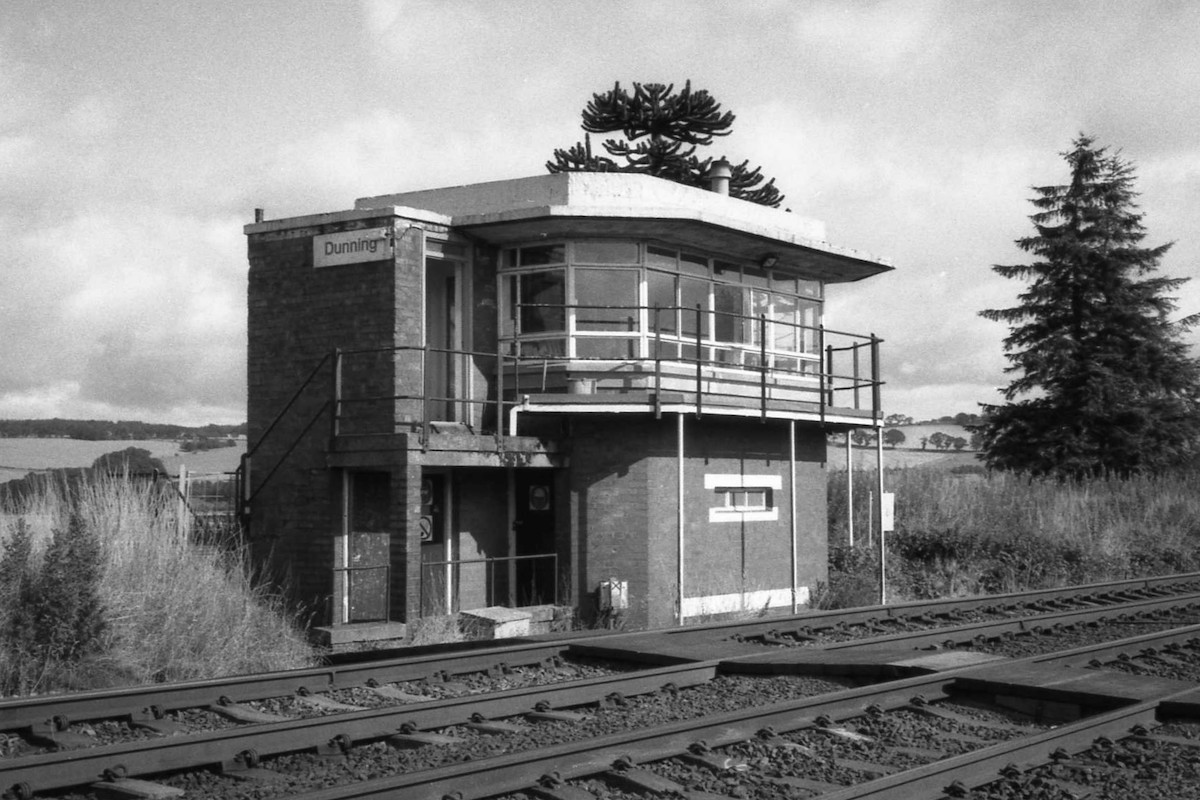
Dunning Signal Box, 1993
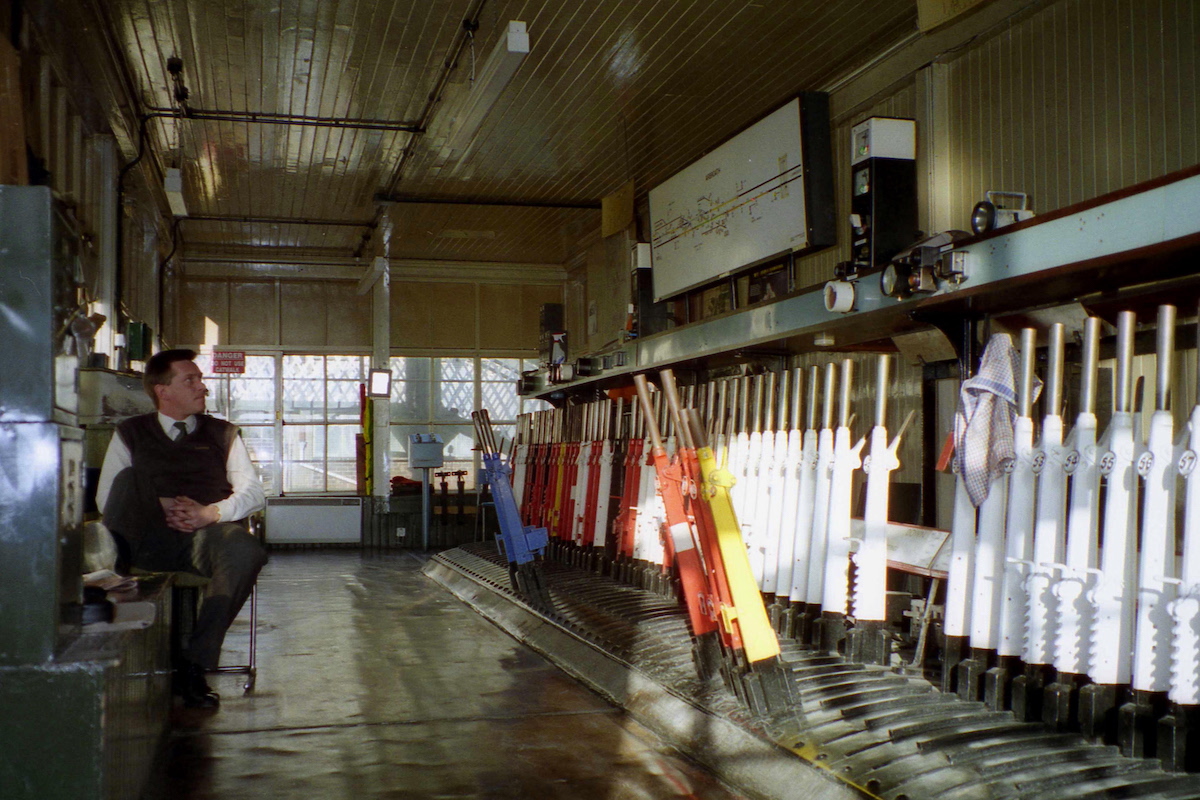
Arbroath Signal Box, 1995
Neala Elder is on Flickr.
Some old signal boxes have been coveverted into cafes, museums, art studios and holiday accommodation, like the Instow signal box in Devon, North of England Open Air Museum, Beamish, National Museum of Scotland, Edinburgh, the Romsey Signal Box Museum,
Would you like to support Flashbak?
Please consider making a donation to our site. We don't want to rely on ads to bring you the best of visual culture. You can also support us by signing up to our Mailing List. And you can also follow us on Facebook, Instagram and Twitter. For great art and culture delivered to your door, visit our shop.



